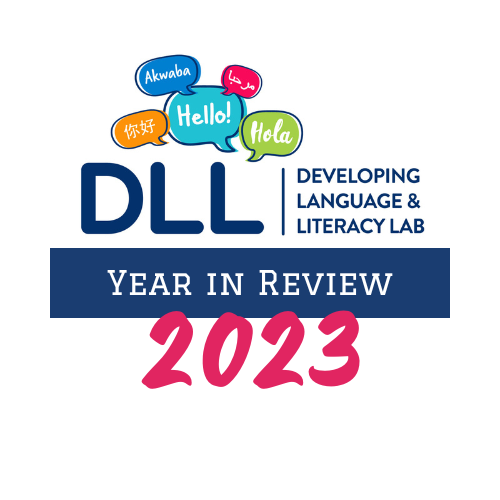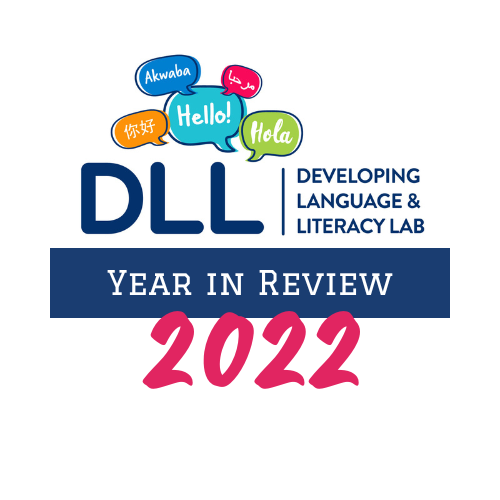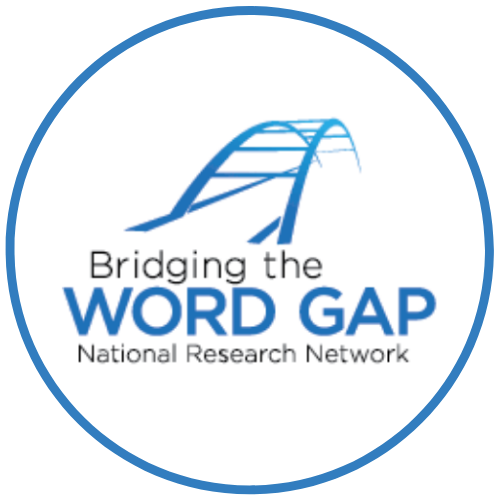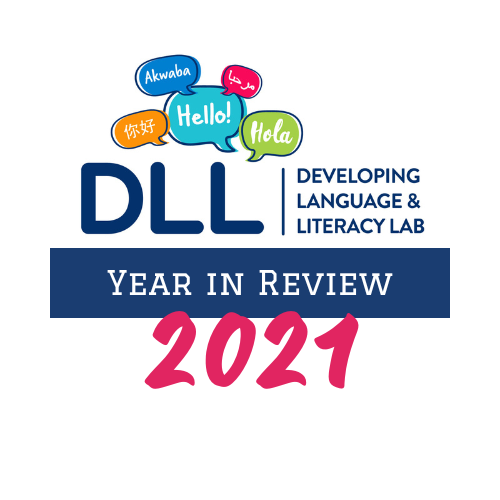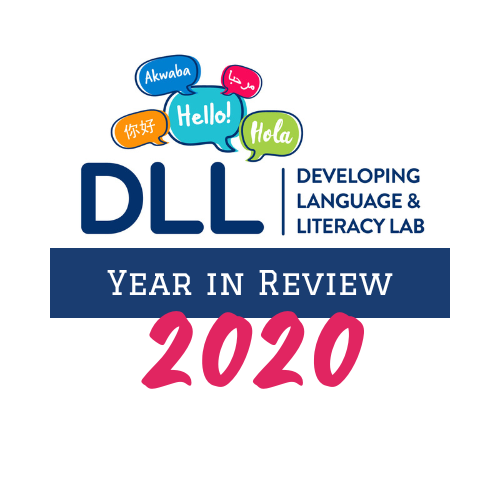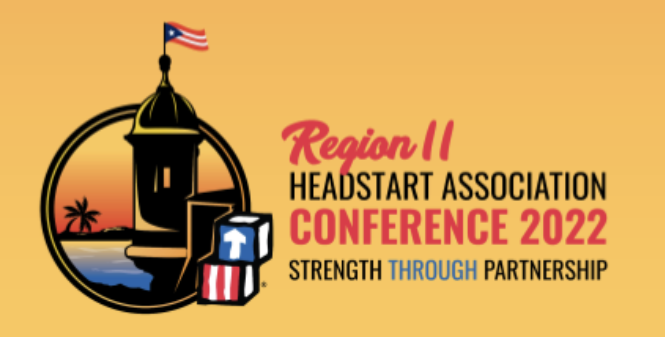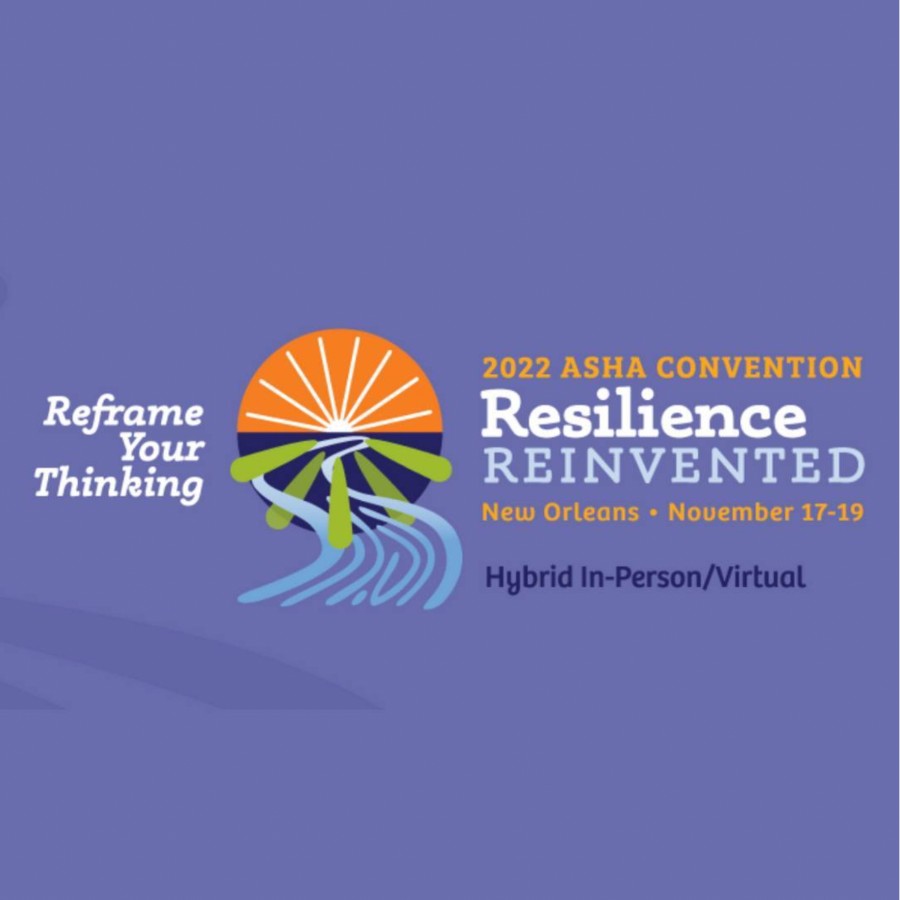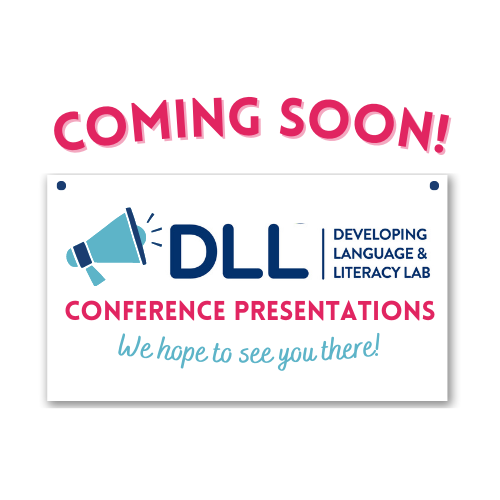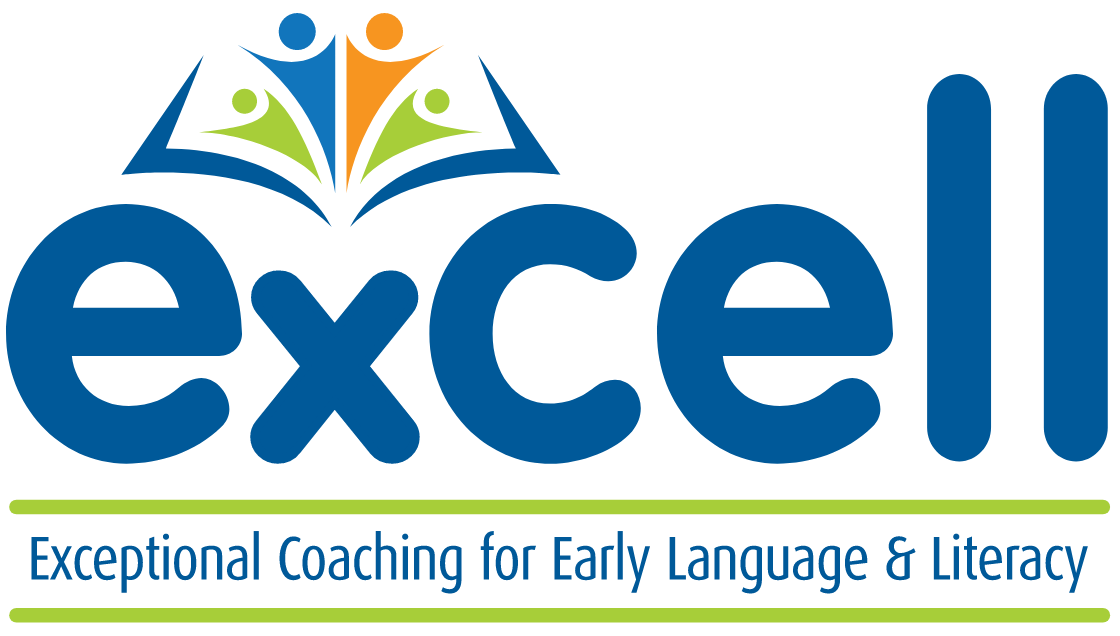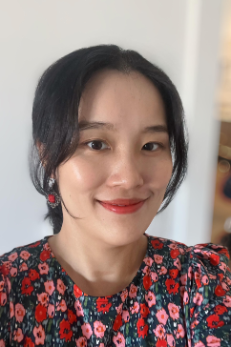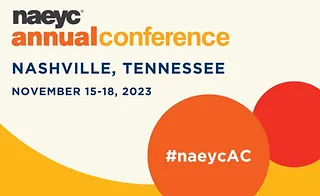Conference Recap: Society for Research in Child Development
March 23-25, 2023
Salt Lake City, UT
Sawyer, B., Gross, Y., Hammer, C.S., Smith, J.C., & Santoro, J. (2023, March 23-25). Parents Plus: Effects of a parent-implemented intervention on children’s language and parent responsivity [Poster session]. Society for Research in Child Development Biennial Meeting, Salt Lake City, UT.
Nearly 1 million preschoolers in the U.S. have a disability, and the largest percentage (40%) are diagnosed with developmental language disorders (DLD; Hussar et al., 2020). Because early language skills are related to school readiness and later academic success (e.g., Justice et al., 2015), it is imperative that these children receive early intervention. However, logistical barriers often prevent speech-language pathologists from meaningfully involving parents in their preschool children’s services. As such, language learning opportunities are lost. When parents receive training on how to support their preschool children’s language development, children’s language outcomes improve (e.g., Girolametto et al., 2007; Roberts et al., 2019). Additionally, training parents has led to increases in their levels of responsivity with their children (Yoder & Warren, 2002). To provide accessible parent training, we developed Parents Plus, an online intervention which consists of (a) training modules (via an app) that teach parents to use focused stimulation (FS), an evidence-based language stimulation strategy (e.g., Smith-Lock et al., 2013), (b) parent implementation of FS during typical activities; and (c) remote practice-based coaching.
This session addressed two research questions:
- Do children whose parents use Parents Plus develop more advanced morphosyntactic and vocabulary skills compared to children in the control condition?
- Are parents who use Parents Plus more responsive to their children compared to parents in the control condition?
We conducted a randomized-controlled trial where 31 parent-child dyads were randomly assigned to control (n = 15) or intervention (n = 16) conditions. All children had DLD, with a mean age of 48 months (SD: 7.8 months). At pre-, post-test, and follow-up (3 months after post), children’s language skills were assessed using the Core Language Index of the Clinical Evaluation of Language Fundamentals-P2 (CELF-P2), the Test of Early Grammatical Impairment (TEGI), and play-based conversational language samples. Based on TEGI and language sample data, we created a morphosyntactic composite variable that indicates a child’s percent accuracy of targeted forms (e.g., pronouns, past tense, auxiliary/copula be). Language samples were also coded to calculate the number of different words spoken (NDW), a measure of vocabulary diversity. Additionally, parents and children were recorded playing at these time points. Videos were coded for parents’ responsivity, namely positive regard and sensitivity (1=very low to 7 =very high). No significant differences existed between condition for any variables at pre-test.
ANCOVA analyses revealed no significant treatment effect for children’s language skills at post-test or follow-up when controlling for pre-test scores, which was not unexpected given the small sample’s lack of power. Yet, effect size estimates uniformly favored Parents Plus over control (with small to large effects). For parent responsivity, we found a significant treatment effect for sensitivity at follow-up when controlling for pre-test scores (F (1, 26) =4.49, p= .046); no significant effects were found for positive regard. In sum, results indicate that Parents Plus is demonstrating promise for improving language outcomes for children with DLD and parent responsivity.
Smith, J.C. & Hammer, C.S. (2023, March 23-25). Exploring subgroups of preschool academic ability: A strengths-based perspective of bilingual development [Poster session]. Society for Research in Child Development Biennial Meeting, Salt Lake City, UT.
Preschool is a critical period for establishing early academic skills that support children’s literacy and math development (Weiland & Yoshikawa, 2013). Almost a third of U.S. preschoolers are dual language learners (DLL), with the majority (60%) being Spanish-English learners (Park et al., 2018). Research has established that Spanish-English DLLs are a highly heterogeneous population (Park et al., 2018); during preschool their academic development is highly variable and often uneven across skills and languages (Hammer et al., 2014; Oller & Eilers, 2002). Studies that group DLLs into a monolithic population or analyze their abilities in terms of the difference from monolingual norms can perpetuate deficit perspectives of bilingualism and obscure variation that may be consequential for their academic success (Soto-Boykin et al., 2021; Halpin et al., 2021; Escobar & Tamis-Lemonda, 2017). More systematic investigation of variability in academic development within Spanish-English DLLs is needed to shift research towards a strength-based perspective of DLLs and inform linguistically responsive and inclusive educational practices (Marian & Hayakawa, 2020; Espinosa, 2015).
Latent profile analysis (LPA) is useful for examining variability in academic ability within populations (Ferguson et al., 2020). LPA measures both inter- and intra-individual variation across multiple indicators, which can reveal subgroups based on patterns of characteristics (Vermut & Magidson, 2002; Collins & Lanza, 2010). Previous studies have classified preschool DLLs into several academic profiles with distinct patterns of variability across languages and skills (Halpin et al., 2021; López & Foster, 2021). However, DLLs’ academic profiles have not been studied longitudinally, so it remains unclear whether a child’s profile is indicative of their development over time.
The current study investigated academic profiles of preschool Spanish-English DLLs and their stability from fall to spring in the year before kindergarten entry. Participants included 354 Latino DLLs with a mean age of 54 months (SD=4.9 months). All children were typically developing with no parent or teacher concerns, received English-only instruction in preschool, and came from low-income homes in which Spanish was a primary language. Two LPAs were conducted to create Fall and Spring profiles using children’s Spanish and English vocabulary, grammar, phonological awareness, letter knowledge, and early numeracy scores. A multiple-group LPA and latent transition analysis (LTA) are underway and will examine changes in profile size, measurement, and children’s profile membership from Fall to Spring.
Results from the cross-sectional LPAs indicated that the number and characteristics of DLL profiles were similar in the Fall and Spring. At each time point, children fell into four profiles with unique patterns of abilities within and across languages. Preliminary comparisons between Fall and Spring profiles suggested that differences between profiles were generally stable. Within profiles, variability across languages and skills decreased, reflecting an overall decline in Spanish language skills. Results from the multiple-group LPA and LTA will further assess changes in profile structure and composition over time. Implications for early childhood educators and researchers who work with diverse populations were discussed, with a focus on understanding variability within groups and individuals.
